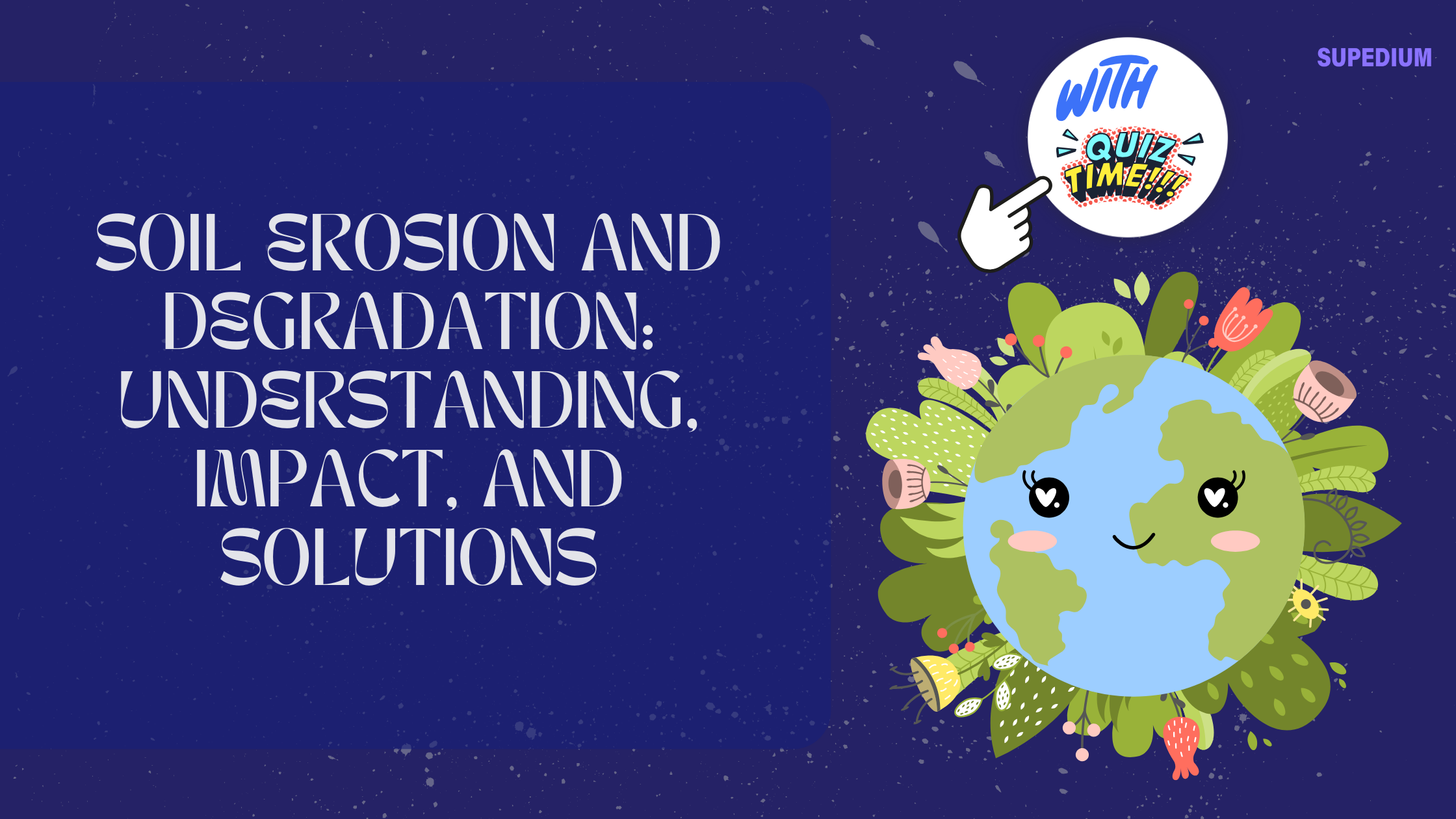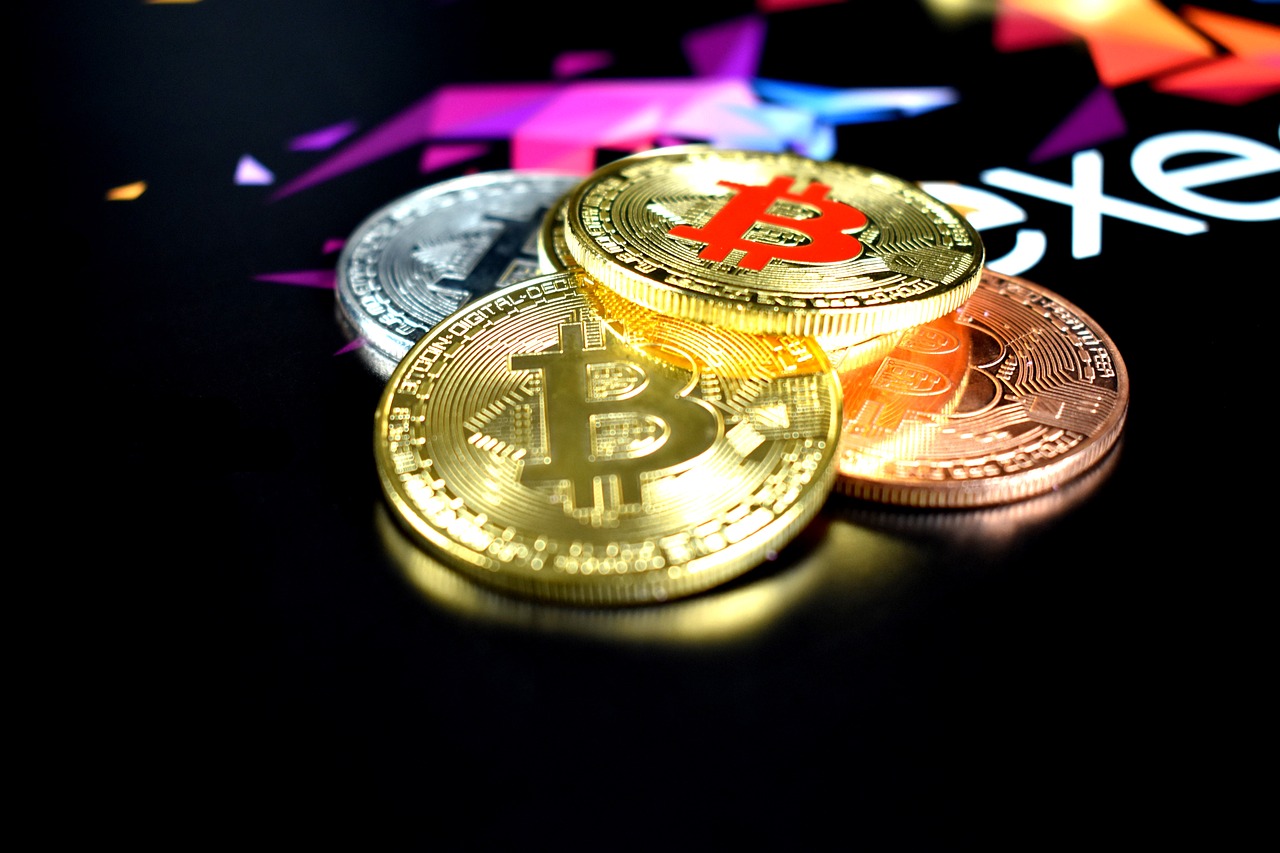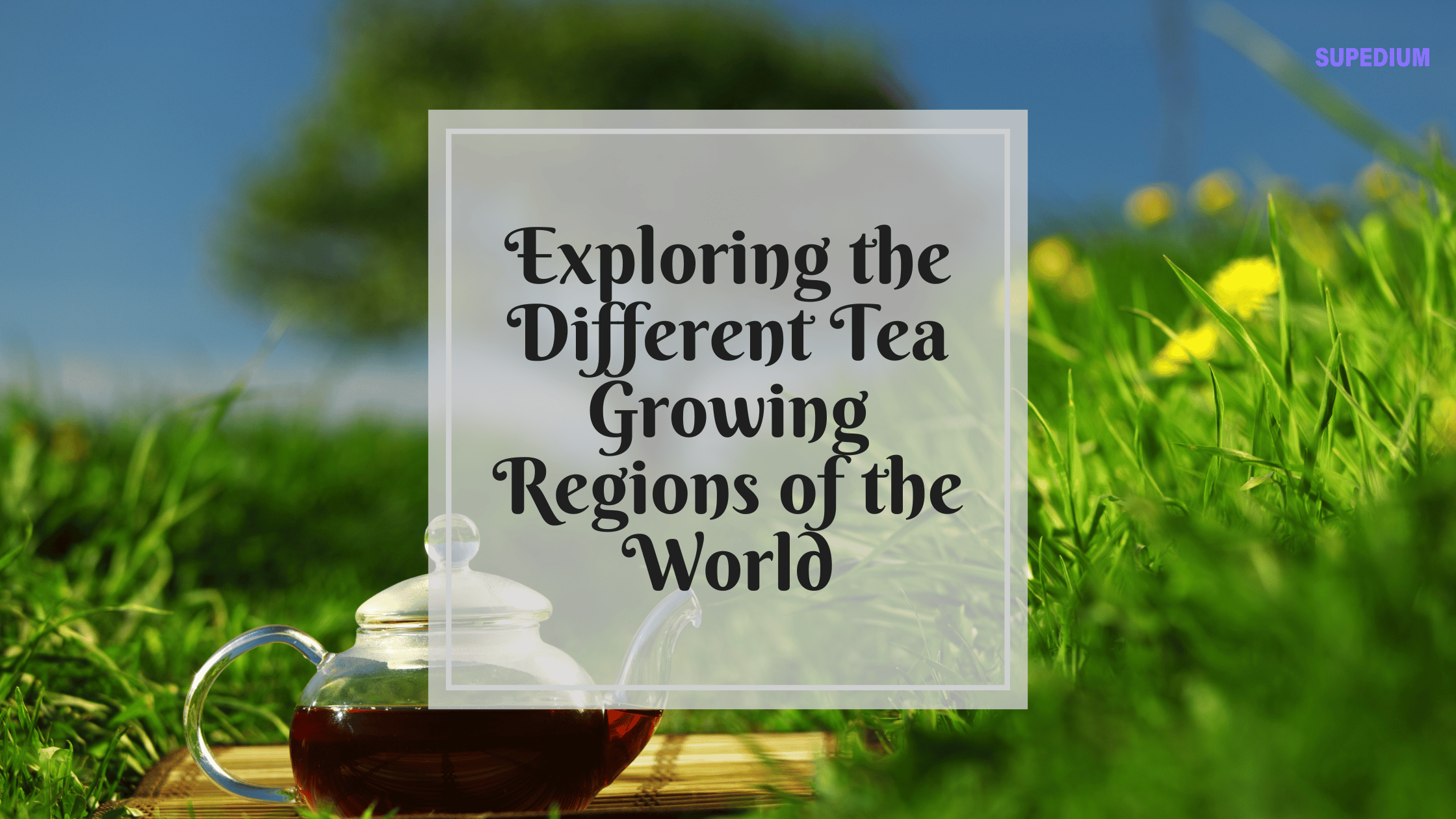Table of Contents
![]()
Introduction
Soil erosion and degradation are critical environmental issues affecting the health of our planet. Soil erosion refers to the removal of the top layer of soil by natural forces such as wind and water or human activities. Soil degradation, on the other hand, is the decline in soil quality and fertility, resulting from various factors including erosion, contamination, and misuse. Both processes have profound implications for agriculture, ecosystems, and human societies.
Causes of Soil Erosion and Degradation
Natural Causes
- Water Erosion: Water erosion occurs when rainfall and surface runoff dislodge and transport soil particles. Intense and prolonged rainfall can overwhelm the soil’s ability to absorb water, leading to increased runoff and erosion. The topography of an area, including slope and soil composition, significantly influences the extent of water erosion.
- Wind Erosion: Wind erosion is driven by strong winds that lift and carry away loose, dry, and bare soil. This is particularly common in arid and semi-arid regions where vegetation is sparse and soil is easily erodible. Wind erosion can create dust storms and degrade soil quality over large areas.
- Geological Factors: Soil composition, structure, and topography play a crucial role in erosion. Soils that are sandy or have low cohesion are more susceptible to erosion, while steep slopes accelerate runoff and increase erosion rates.
Human Activities
- Agricultural Practices: Modern agricultural practices are a major driver of soil erosion and degradation. Tillage and plowing expose soil to erosion, while deforestation and land clearing for agriculture reduce vegetation cover that stabilizes the soil. Overgrazing by livestock also contributes to soil degradation by removing vegetation and compacting soil.
- Urban Development: Urban expansion involves land use changes that increase impervious surfaces such as roads and buildings. These surfaces prevent water absorption, leading to increased runoff and erosion. Construction activities further disrupt soil structure and increase erosion risk.
- Industrial Activities: Mining and resource extraction can significantly degrade soil quality. The removal of topsoil and the introduction of pollutants can lead to soil contamination and erosion. Industrial processes often result in the release of chemicals that affect soil health and productivity.
Types of Soil Erosion
- Sheet Erosion: This type of erosion involves the removal of thin, uniform layers of soil from large areas. It is often difficult to detect because it happens gradually, but it can lead to substantial soil loss over time.
- Rill Erosion: Rill erosion occurs when small channels form on the surface of the soil due to concentrated water flow. These channels, or rills, are deeper than sheet erosion and can lead to more severe soil loss.
- Gully Erosion: Gully erosion creates deep, wide channels in the landscape. These gullies can become larger over time, cutting into the land and causing significant damage to both the environment and infrastructure.
- Wind Erosion: Wind erosion involves the detachment and transport of soil particles by the wind. This can lead to the formation of dust clouds and the degradation of large areas of land, particularly in dry regions.
Consequences of Soil Erosion and Degradation
- Environmental Impacts: Soil erosion and degradation result in the loss of topsoil, which is crucial for plant growth. This loss reduces soil fertility and productivity. Sedimentation from eroded soil can clog water bodies, affecting aquatic ecosystems and reducing water quality. Additionally, the loss of soil contributes to decreased biodiversity and habitat destruction.
- Economic Impacts: Reduced soil fertility leads to lower agricultural yields, impacting food production and increasing costs for fertilizers and soil amendments. The financial burden of soil conservation and remediation efforts can be significant. Furthermore, erosion and degradation can damage property and infrastructure, leading to additional economic losses.
- Social Impacts: Soil erosion and degradation affect rural communities dependent on agriculture for their livelihoods. Decreased agricultural productivity can lead to food insecurity and economic hardship. In severe cases, land degradation can force communities to migrate, causing social and economic disruptions.
Soil Conservation and Management Practices
- Preventive Measures: Effective soil conservation starts with preventive practices. Contour plowing and terracing help reduce runoff and soil erosion on slopes by following the natural contours of the land. Cover crops and mulching protect soil from erosion and enhance soil health. Agroforestry and reforestation increase vegetation cover, stabilize soil, and improve overall land productivity.
- Erosion Control Techniques: Various techniques can control erosion. Erosion control mats and geotextiles provide temporary protection for soil surfaces. Check dams and silt fences trap sediment and slow down water flow, reducing erosion. Windbreaks and vegetative barriers help reduce wind speed and protect soil from wind erosion.
- Restoration Strategies: Soil restoration involves rehabilitating degraded soils to restore their fertility and structure. Techniques include adding organic matter, adjusting soil pH, and improving drainage. Integrated soil management approaches combine different methods to address soil degradation comprehensively.
Policy and Legislation
- National and International Regulations: Many countries have laws and regulations aimed at soil conservation and management. These regulations often include standards for land use, erosion control, and pollution prevention. International agreements, such as the United Nations Convention to Combat Desertification (UNCCD), focus on global efforts to combat soil degradation and promote sustainable land management.
- Government and NGO Programs: Governments and non-governmental organizations (NGOs) play a vital role in supporting soil conservation projects. Programs often provide funding, technical assistance, and education to promote best practices in soil management. Public awareness campaigns help inform communities about the importance of soil conservation and encourage sustainable practices.
Future Directions and Research
- Advances in Soil Science: Research in soil science is advancing our understanding of soil health and erosion processes. New technologies, such as remote sensing and soil health monitoring tools, are improving our ability to assess and manage soil conditions. Innovative conservation techniques are being developed to enhance soil resilience and productivity.
- Climate Change Implications: Climate change is expected to alter erosion patterns and increase the frequency and intensity of extreme weather events. Understanding these changes is crucial for developing adaptive strategies to mitigate the impacts of climate change on soil erosion and degradation.
- Community Involvement and Education: Engaging local communities in soil conservation efforts is essential for success. Educational programs and outreach initiatives help raise awareness about soil health and promote sustainable land management practices. Community involvement ensures that soil conservation strategies are effectively implemented and maintained.
Conclusion
Soil erosion and degradation are pressing issues with far-reaching consequences for the environment, economy, and society. Addressing these challenges requires a multifaceted approach, combining preventive measures, erosion control techniques, and restoration strategies. Effective policies, legislation, and community involvement are essential for sustainable soil management. By understanding and addressing soil erosion and degradation, we can protect this vital resource and ensure a healthier, more resilient planet for future generations.






Be the first to comment